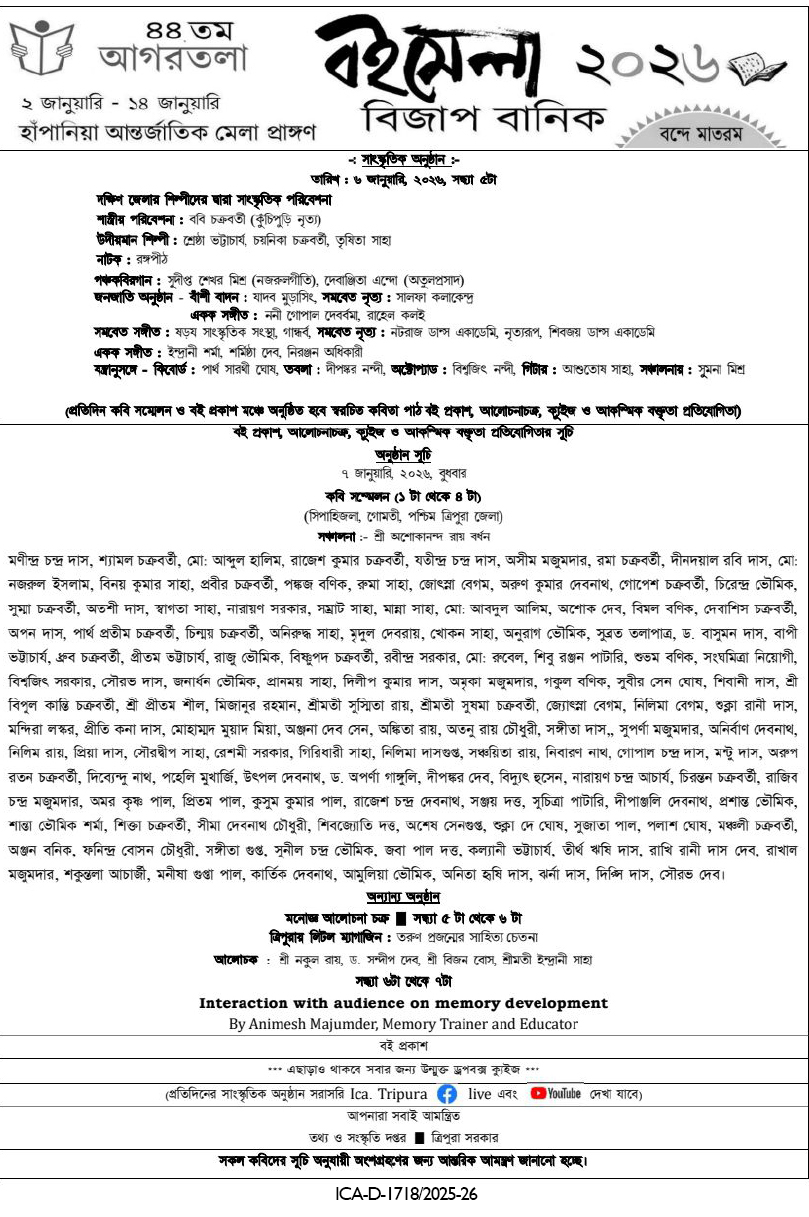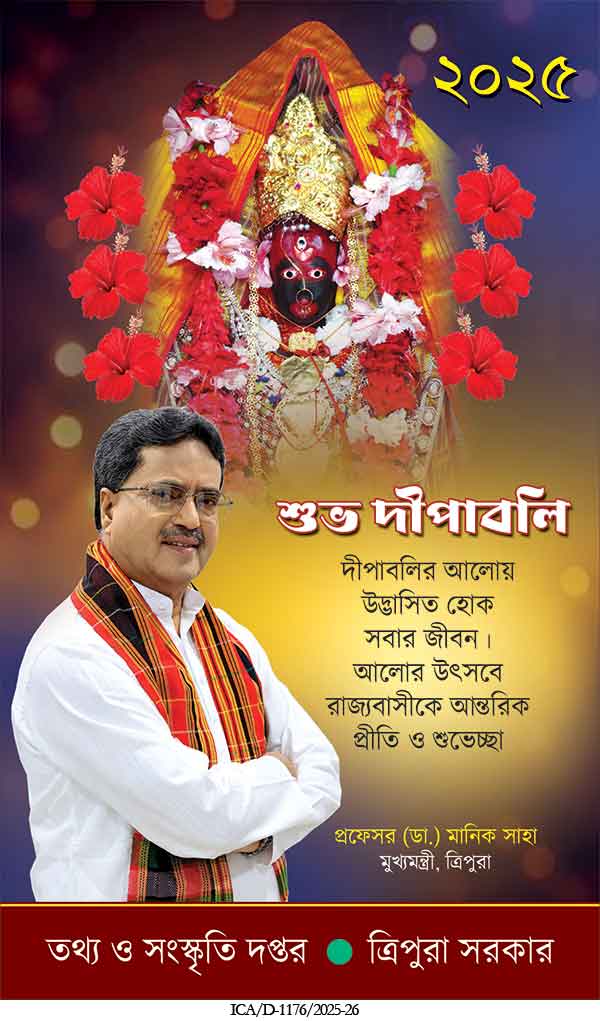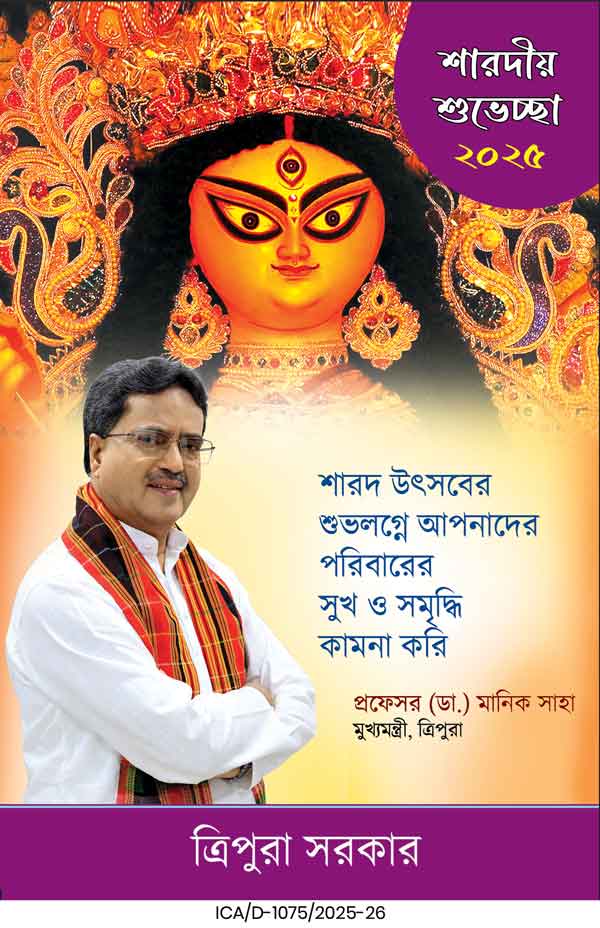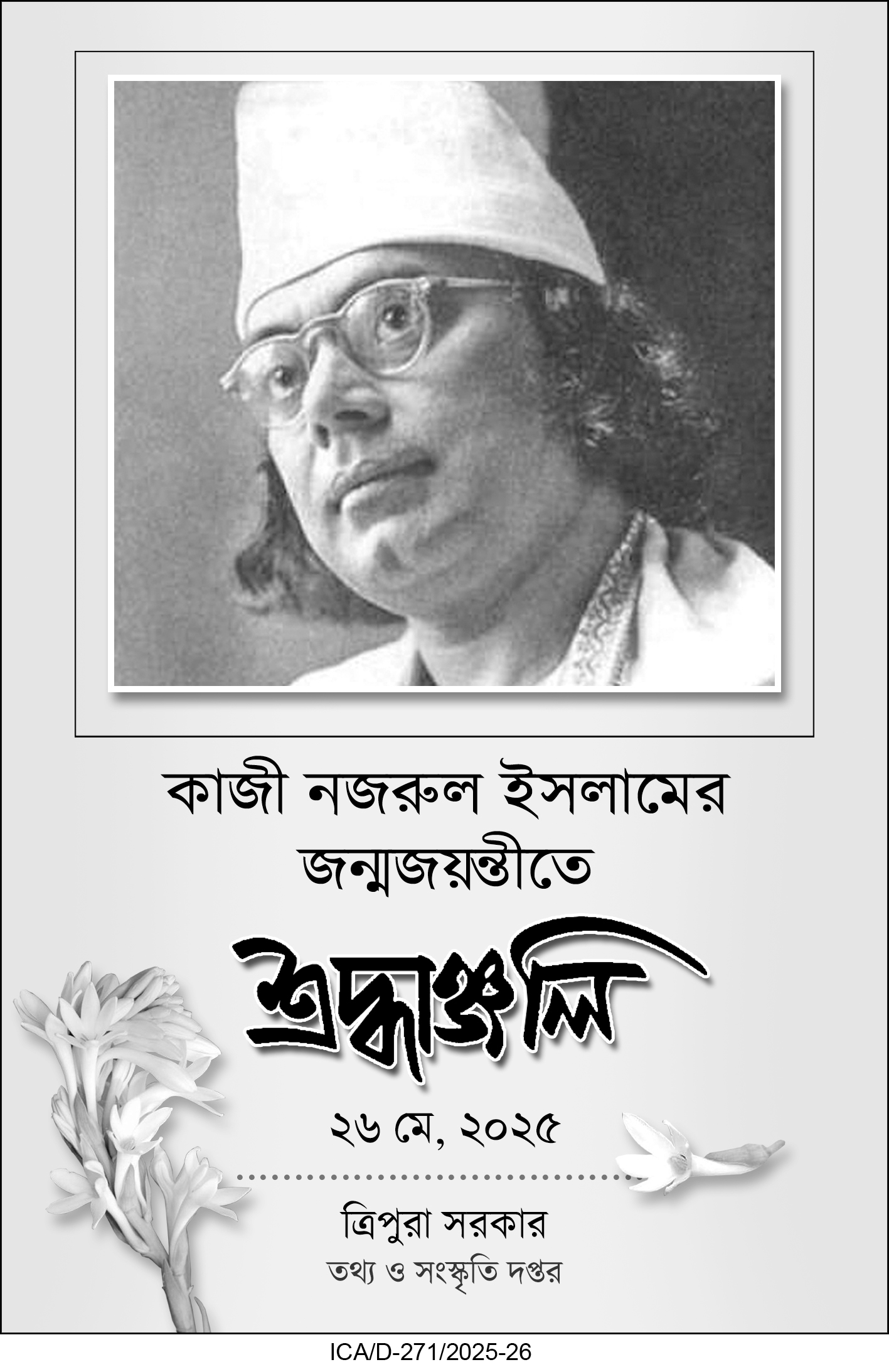A dangerous drift toward communal violence
A disturbing new line of rhetoric has entered Tripura’s political discourse—one that dangerously twists history and incites communal fault lines. Recent allegation by Pradyot Kishore Manikya Debbarma at a rally in Delhi was that his father, the last princely ruler of Tripura, Maharaja Kirit Bikram Kishore Manikya, had been “killed” by the then Communists ruling the state . ( Kirit Bikram Kishore passed away on November 28, 2006).

The charge, patently untrue and unheard of in political or police record, marks a new low in the attempt—heavily soaked with an emotional outburst- to sway the common indigenous people and further communalise the state’s already fragile social balance.
The claim is shocking not for its factual weight—there is no record, testimony, or even rumour to suggest such a thing—but for what it represents: A deliberate attempt to bend history, communalise memory, and inject new poison into an already fragile social landscape. For a state that has repeatedly faced the spectre of communal tension and ethnic strife, such reckless rhetoric is more than irresponsible. It is dangerous.
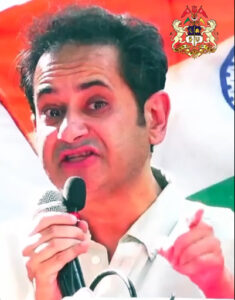
If this was not enough, Pradyot Kishore, for some reason, even went to an unexpected level claiming that ‘he is the “Malik”, real owner, of Agartala, the state’s capital, Teliamura and Kanchanpur’. Such a claim defies all constitutional, legal and logical explanations.
This claim quite expectedly hit the social media and was mocked by funny comments, jokes, sarcasm and even history lessons directed to Pradyot Kishore. Quite understandable that none from any section of the society took the claim seriously. Rather they found it amusing, if not intriguing.
But the reckless claim of his father’s ‘murder’ by the CPM is a serious one. It is not only absurd but a brazen and blatant lie. It is potentially dangerous to stoke the communal sentiment amongst a section of the people. Left unchecked, it creates a narrative of grievance that can be weaponised in volatile localities. The experience of other states shows that once such narratives gain traction, they are nearly impossible to contain.
Yes, the CPM era in Tripura witnessed violence—political murders, cold-blooded killings, clashes, armed militancy and riots. That is part of the state’s lived memory. But there has never been any suggestion, even among their fiercest critics, that the Maharaja Kirit Bikram was ‘murdered’ at the hands of communists. His natural demise was never a matter of controversy. To float such a claim now suggests more than casual historical distortion—it points to deliberate communal provocation.
Democratic freedoms are not in question here—every citizen has the right to criticise, protest, and speak their mind. But freedom of speech has limits. Open and morbid communal incitement cannot be brushed aside in the name of liberty. Allowing provocative narratives to go unchecked is to invite the kind of violence that scars societies for decades.
Tripura is at a sensitive juncture. The politics of distortion—branding the entire Bengali population as “outsiders” or conjuring up false histories—has already widened divides. If unchecked, the situation may spiral beyond the capacity of any political party or government to manage.
As political theorist Donald Horowitz once wrote, what we see in the build-up phase are “precipitants of riot”—rhetoric, rumours, provocations and targeted falsehoods that act as tinder. What follows is the “lull,” a deceptive calm before the actual conflagration. Tripura today seems to be moving toward such a dangerous precipice.
In fact, Tripura today is showing signs of precisely such a build-up.
The state government must take heed. Turning away or sweeping growing and palpable tensions under the carpet—as the first Left Front government under Nripen Chakraborty did pre, post and during and after the 1980s communal riots—will only embolden mischief-makers. Riots are not one-sided. Once they break out, the damage is widespread and uncontrollable. Both communities suffer, and the scars remain long after the fires die down.
Tripura’s political culture has always been complicated. The Left ruled for decades with a tight organisational grip, surviving waves of insurgency and political challenges. Their cadres, especially in the early years and soon after the infamous 1980s riot, managed situations with discipline and control—sometimes through questionable force.
The current political climate, however, is different.
The BJP, despite being in power in the state for the last seven years, does not yet possess that kind of grassroots cadre network capable of handling spontaneous street violence or communal clashes or riots.
On the other hand, the central government, regardless of party, often misreads the ground in Tripura. Delhi’s instinct is to treat unrest as a problem of governance or leadership loyalty. The assumption is that money, patronage, or political deals can keep things under control.
Delhi may try to douse fires with money or quick deals with the leader, but that strategy often fails in a riot situation, at least at the beginning. Buying loyalty of leaders or negotiating settlements may work in routine politics, but in the chaos of the first few days of riots, such strategies just do not work. Those initial 4 or 5 days are driven not by leadership but by mobs—angry crowds acting on their group affiliations.
In that phase, leaders vanish, and violence becomes unbridled. A frenzied mob takes over. By the time leaders reappear and issue appeals, the damage is already done. The first 72 hours are decisive, and once blood has been spilled, cycles of retaliation are hard to break.
If Delhi assumes that the growing communal unrest in Tripura can be “managed” the way electoral arithmetic is managed, it risks repeating the mistakes of 1980 on an even more destructive scale.
The ground realities are stark. Tripura government cannot afford to sleepwalk into another communal spiral. Sweeping tensions under the carpet, as the first Left Front government was often accused of, will only worsen the fire. It is time to act and rein in the trouble mongers, decisively and effectively.
|Also Read : Riding the tiger: Pradyot Kishore faces new emerging power centre in TIPRA Motha |
|Also Read : CPI(M) Leader Jiten Chowdhury Criticizes Pradyot Kishore Over Controversial Comments on Tripura Towns |
(Also Published in The Tripura Times)

